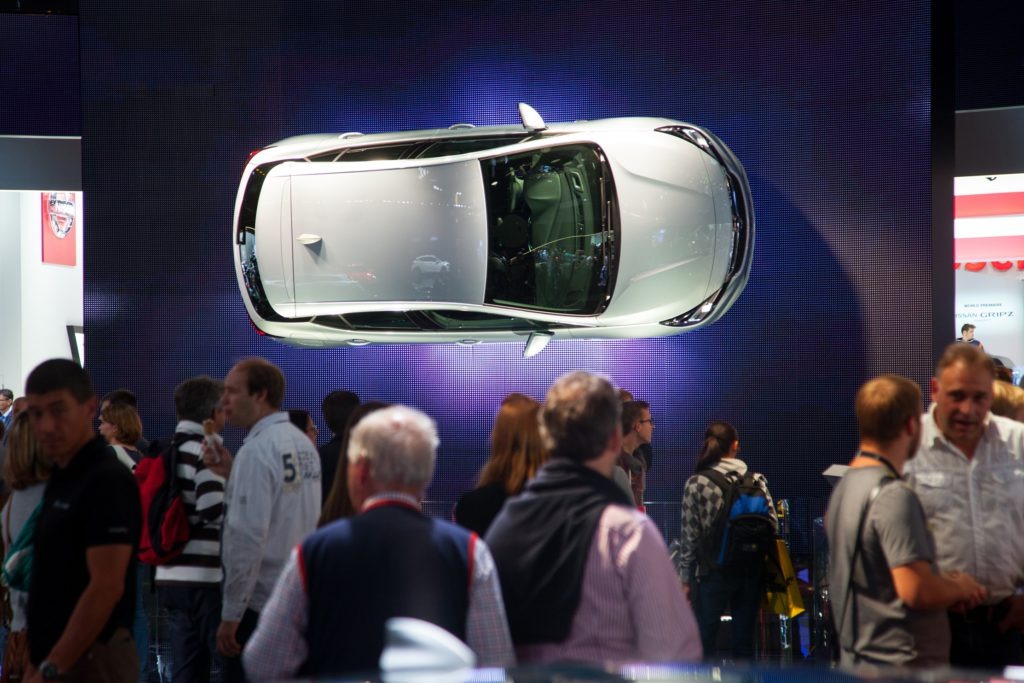New concept for IAA may move the show from Frankfurt
13 December 2019

13 December 2019
Germany’s automotive authority, the VDA, has developed a completely new concept for the IAA, the country’s motor show.
The plan is that as well as showcasing achievements in exhibition halls, it will bring innovations and worlds of experience into the host city and to the people, the group has announced. This may also mean a move away from Frankfurt, the traditional home of the show.
′The IAA is to change from a motor show into a mobility platform,’ the VDA states in a release. ′In the future, the German vehicle makers will continue to focus on developing and building the world’s most technologically-advanced vehicles. What is more, they are evolving into mobility providers. New technologies are becoming established, and new players are appearing on the market.’
The announcement is the latest about development surrounding automotive shows and their need to change, and becoming more relevant for the changing automotive landscape.
Discussion open
The 2021 event will still highlight the latest vehicles and innovations from the passenger carmakers and suppliers. At the same time, it will become even more of a dialogue and topic platform and develop into a place for sharing knowledge – involving the automotive industry and other sectors. In addition, Frankfurt will host the new IAA in 2021.
′Our concept for the IAA envisages something completely new. The IAA will no longer be just a motor show, but a mobility platform. It will also come out of the exhibition halls and reach into the towns and cities,’ said VDA President Bernhard Mattes. ′It will come right to the people, who will be able to experience and try out the latest vehicles, the latest technology and mobility concepts – away from the exhibition halls and show grounds.’
Concentrating efforts
The new concept for the IAA will have three main pillars: vehicle makers, suppliers and mobility service providers will present their latest vehicles and developments at premieres, press conferences and branding events, and discuss current topics – including critical views – at the IAA Conference. This IAA core will be supplemented with two worlds of experience.
For example, attractive areas should accommodate generous test routes for test drives and circuits on roads and other sites that are closed off to public traffic. On these areas, visitors should be able to experience the latest technology, such as self-driving cars with alternative powertrains, the latest models or new mobility offers in practical tests.
The link between the core of the IAA on a central site and the urban area is the third pillar: an experience axis. Here the exhibitors’ concept, test and series vehicles will shuttle back and forth, allowing visitors to experience the latest technology, all the way to automated driving, right up close in practical tests.
City involvement
Municipal transportation, including local public transport, will merge into a new IAA mobility concept that can include new urban infrastructure such as hydrogen filling stations, charging pillars and mobility hubs.
′We want the next IAA to exert its influence even after the event itself has ended. When the stands are dismantled, that does not mean that it is all over – it should create something sustainable. In the best case, it will trigger the establishment of new concepts and testing fields for a new mobility mix in the host city. We are currently discussing this concept with several cities,’ concludes Mattes.